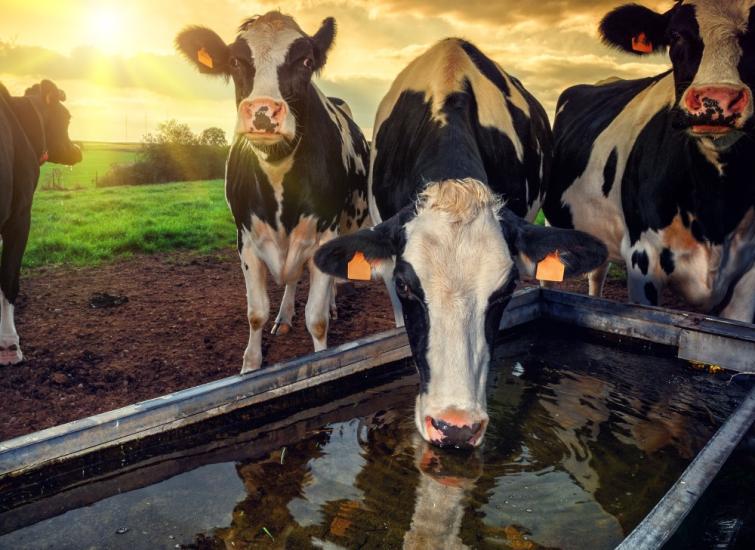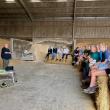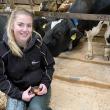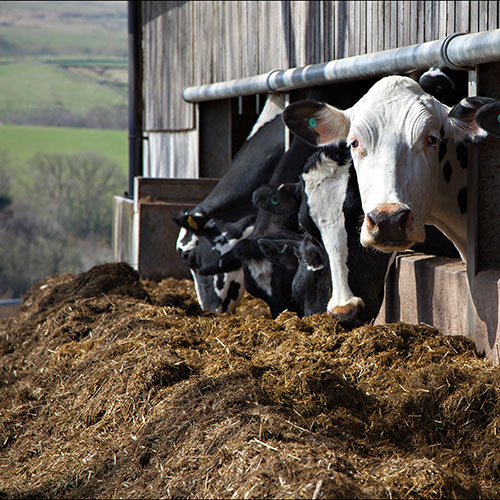Previous to Richard working with us we were struggling to get above 30/31 litres. Richard came in looked at the robot settings, the cow’s environment and nutrition. We saw an immediate response and an uplift in milk. We went from 31- 36 litres in very little time and it was down to Richard getting the diet right.
Preparing for heat stress in dairy cows
Mark Gorst highlights the ways to reduce heat stress in your dairy herd.

At the time of writing, we’re certainly not experiencing a heat wave! However, as extremes in temperature are widely reported these days, I don’t think it’s too early to talk about heat stress and ways in which we can prepare to reduce the effects.
Heat stress can hugely reduce herd performance and it doesn’t need to be a hot as you think to take effect. We’ve seen it affect herds in a mere 20-degree heat and in large airy sheds. Extreme heat stress can negatively impact cow health and productivity.
Heat stress in dairy cattle occurs when the animal's body temperature rises above normal due to high ambient temperatures and humidity. It’s easily spotted - cows will start panting and drooling.
Milk production is limited because of the increased energy the cow must use for heat regulation. It's like us trying to do a workout in a jumper on a really hot day. Luckily, we can take off a layer, instead cows reduce the heat being produced by their body’s by reducing their activity and changing their feeding routine. Heat production mainly comes from rumen fermentation and therefore the cow will reduce her dry matter (DM) intake. This will reduce rumen activity, reducing heat.
To prevent heat stress in your dairy herd, it’s important to prepare and implement effective management strategies. Here’s our top five ways to help prepare:-
- Ask yourself is there adequate shade and ventilation?
Providing access to shaded areas can help protect the animals from direct sunlight and reduce their heat load. Ventilation is also important to reduce the temperature and humidity, so ensure your ventilation system is functioning well to allow fresh air to circulate throughout the shed and remove stale air. - Think about water water water!
Water is a major factor. Cows need an adequate supply of water to regulate their body temperatures. Even the low yielding cows will drink 100 + litres per day. Milk is made up of approx. 87% water, cleaning water troughs regularly encourages the cow to drink more to drive milk production. - Create a heat stress protocol
This is key to preparing for heat stress prevention. Your plan should include measuring and monitoring of the temperature-humidity index (THI) – a measure of heat stress in cattle. Early detection of heat stress symptoms such as reduced feed intake, panting etc. should also be included. - Communicate
Now you’ve got the plan – make sure everyone who is working with your cows over the summer months, knows about it!
- Nutrition
Ask us about how we can reduce heat stress through nutrition. There are ways of maintaining intakes so we can also maintain production…
For more details, speak with your local Ruminant Specialist or call the office on 015242 63139.
〈 BACK




